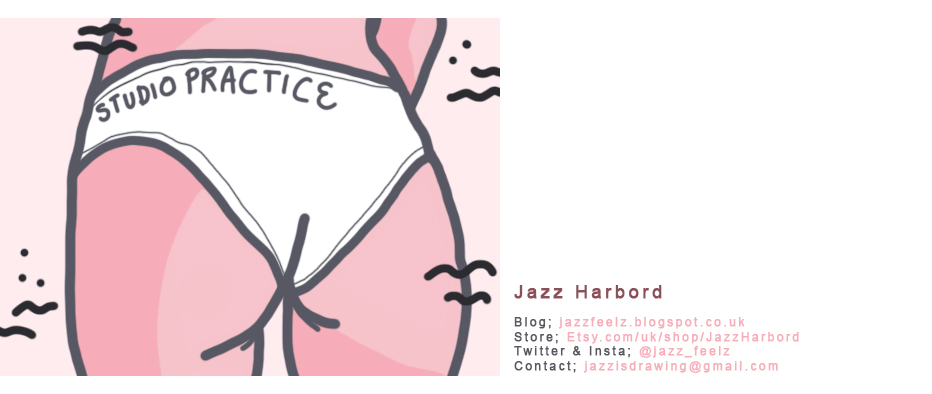Writing the Instructions
As we were making our example box for the skill of book binding, it made sense to include a publication on how to go about book binding. I took control in terms of content of this publication as it made sense for me to write out the instructions and then illustrate them; sending them over to Izzie for her to put together in InDesign ready for printing.
I looked up a few tutorials on book binding before writing my own instructions that I felt described the process in a way that was easy to understand, and hopefully, friendly tone!
Instructions
Materials
Paper (in multiples of 4)
Glue // Glue Gun
Pencil
Ruler
Needle
Thread
Scissors // Craft Knife
Bulldog Clips // Large Paperclips
Cardboard // Hardboard
Fabric // Decorative Paper for Cover
Bone folder
1. Collect your sheets of paper ensuring they're all the same size and stacked in multiples of four. Keep in mind that each piece of paper will be folded in half to create 4 pages; so 4 sheets of paper would make a 16 paged book ect.
2. Fold each piece of paper in half, using a bone folder if possible, to ensure crisp folds.
3. Unfold each piece of paper so the fold is faced upwards (pointing to the sky!) and using a ruler and pencil measure out four points just to the right of the spine of the book that are equally spaced apart.
4. Stack your sheets of paper in multiples of four, and placing the measured piece on the top of the stack, stab through the pieces of paper with a needle. Make sure your papers stay aligned so the holes are in the same place on each sheet. Repeat with each stack of paper.
5. Okay so this is the little tricky part; the sewing!
A. Start with your needle coming upwards on the hole second from the right, and loop it around the outside of your spine coming back upwards into the same hole again. Then take your needle across to the hole on the left and go downwards through it.
B. Just like before, loop your thread around the outside of the spine, coming back up again through the spine but this time you'll come out downwards, take the thread to the last hole on the left and come up.
C. Loop this point around as done before but when coming back up take the thread back to the second hole, then through to the third and fourth hole coming out downwards at the end.
D. Make one final loop around the spine at this hole, then take the thread back to the hole you originally started with.
E. Bringing the thread upwards, create a loop that is then pulled tightly to create a knot; finishing your binding on the book!
F. Finally cut off the excess string with a pair of scissors.
6. Repeat this process for as many stacks of paper you intend to use in your book, once done pack all the sewn stacks together tightly using bulldog clips or large paperclips. Measure the width of all the books together and cut a piece of fabric about three times the width but the same height. Then glue your books together using a hot glue gun.
7. Before the glue dries, stick your stack of paper to your piece of fabric, leaving spare fabric at either side; ensure it's strongly glued together.
Illustrating the Instructions
Me and Izzie had decided at this point to print the publication on coloured paper that would match our brand identity. Not only would this make the bold black linework of the illustrations stand out in the book itself, as well as making the publication eye catching and attractive to the eye, it would also lower printing costs if the project were to go live. Printing black and white on coloured stock over coloured printing on white stock definitely made the most sense for our brand!
One the instructions and illustrations had been laid out in InDesign we printed them and I'm really pleased with the final outcome! We also printed some sticker designs that Izzie had mocked up from our patterned icon work, as well as a couple of posters and the welcome letter. When placed altogether the equipment and supporting material definitely worked as a cohesive body of work.

